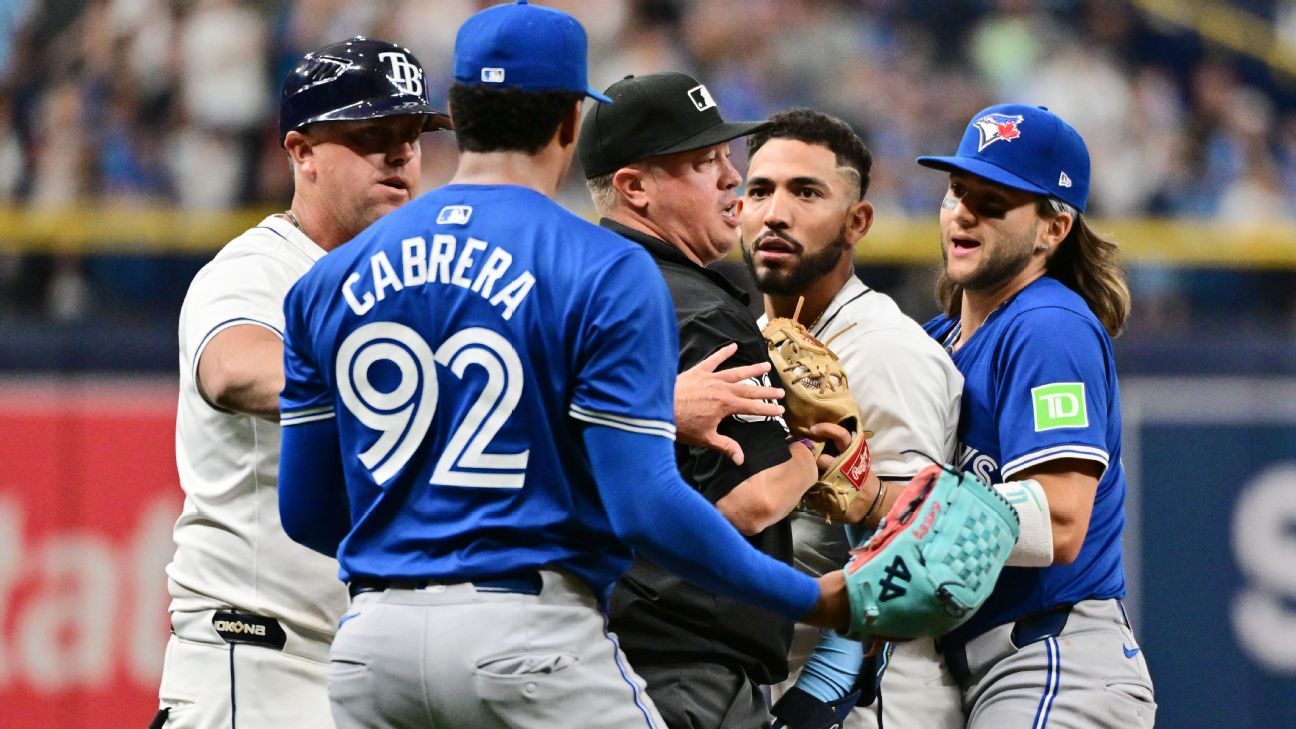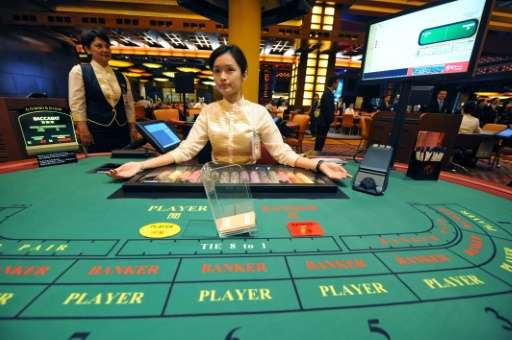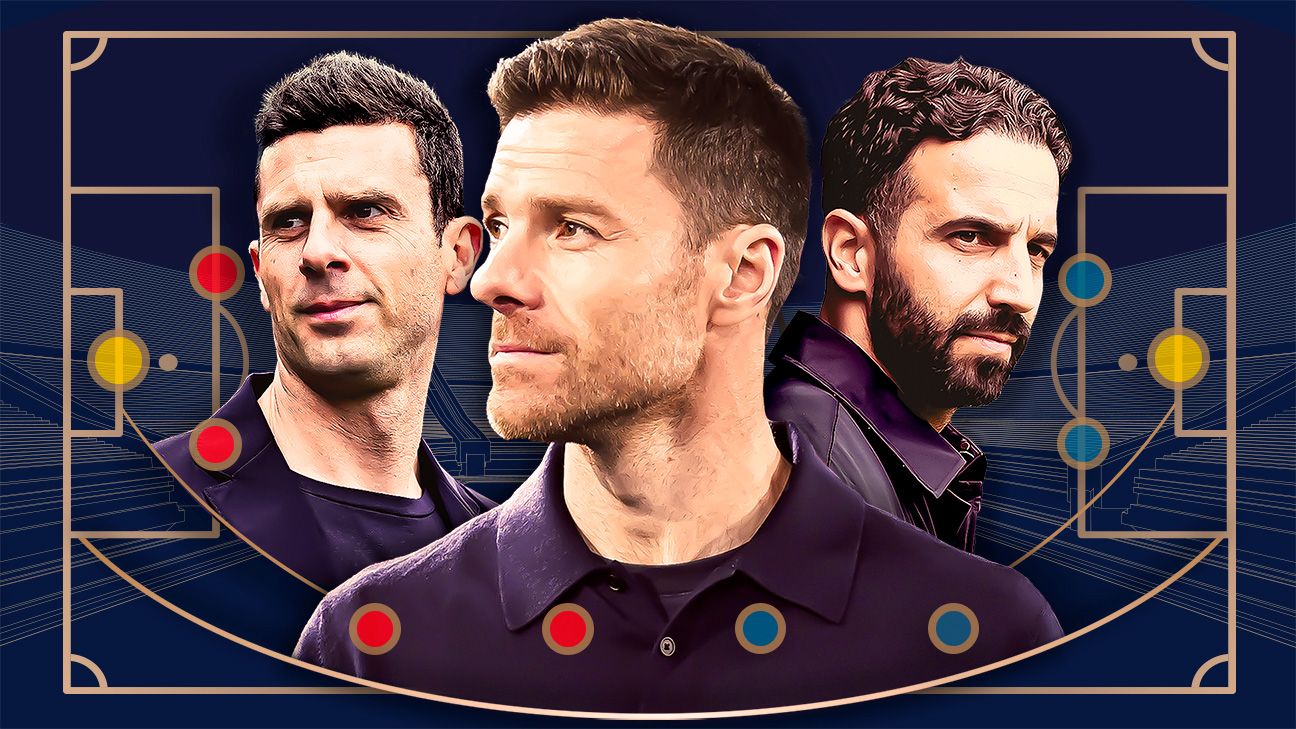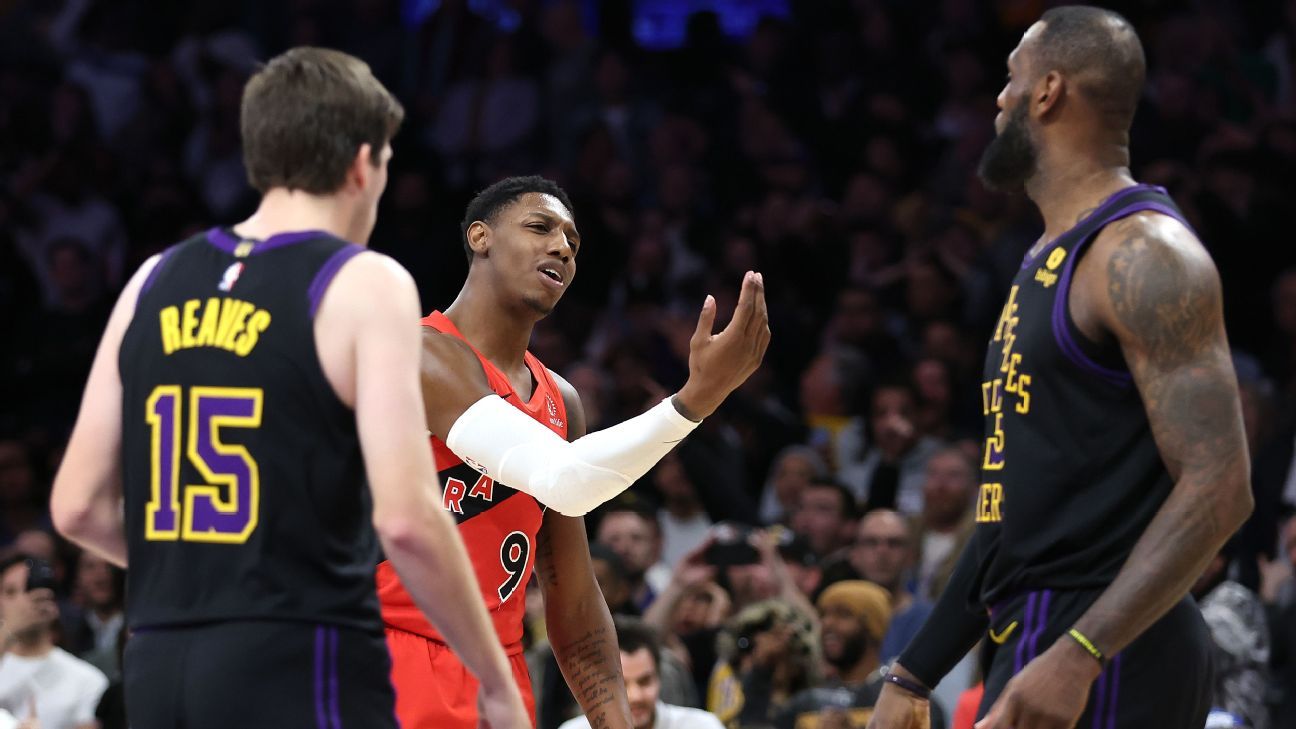Aguri Suzuki rubber-stamped his place in Components 1 historical past as the primary Japanese racer to face on the rostrum – doing so at his residence race at Suzuka – whereas he additionally briefly operated his personal workforce within the mid-2000s. In our newest Lights to Flag we meet up with the amiable Suzuki as he displays on a few of the key moments behind the wheel, and the strain of working a Components 1 outfit…
Beginning out – and a house debut in F1
Tokyo-born Suzuki caught the motorsport bug as an adolescent and climbed the single-seater ladder in his native Japan.
READ MORE: Components 1 to race in Japan till 2029 after new five-year extension
“My father had a kart, and there was a monitor known as Tokorozawa Circuit close to my home, so I began driving karts in that setting and had enjoyable, which is how I turned occupied with motorsports,” Suzuki says.
“Whereas I used to be having enjoyable, I began desirous to race, and I used to be capable of win the championship on the All-Japan Championship. Then I drove Components 3, however I did not get excellent outcomes. Then Nissan gave me an opportunity and I made a decision to take part in a touring automobile race.”
Suzuki’s Components 3 outcomes ultimately improved, twice inserting runner-up, and he progressed in 1987 to Japanese Components 3000 – now often called Tremendous Components – and completed runner-up, earlier than going one higher in 1988.
Forward of Components 1’s go to to Japan that 12 months Suzuki was out of the blue thrust into the deep finish.
“I used to be presupposed to go to Suzuka for the 1988 Japanese Grand Prix to commentate on a TV programme,” Suzuki says. “However through the week of the race, I obtained a telephone name from Mr Larrousse, telling me that his common driver Yannick Dalmas was unable to take part attributable to sickness, so I used to be requested to take his place instead. ‘Might you please take part?’
“So I made a decision to take part within the Japanese Grand Prix in F1 with Larrousse,” he says matter-of-factly.
F1 Quiz – Suzuka Particular: Check your data on F1 historical past on the basic Japanese monitor
Suzuki certified a good twentieth in Larrousse’s LC88, one place behind team-mate Philippe Alliott, and accomplished the race in a thrice-lapped sixteenth.
It put Suzuki within the body for 1989 – although it proved to be a character-building 12 months.
16 races, 16 DNPQs
Suzuki landed a spot with minnows Zakspeed for 1989, in an period the place Components 1’s grid dimension had exploded.
A complete of 20 groups – and 39 vehicles (EuroBrun fielded just one entry) – signed up for the season, with grid capability for every race set at 26 vehicles.
Zakspeed’s poor 1988 meant its two vehicles have been among the many 13 that needed to take part in a one-hour pre-qualifying session, from which solely 4 would progress into the 30-car qualifying session correct, from the place one other 4 could be eradicated.
Suzuki’s team-mate, Bernd Schneider, twice scraped onto the grid – and retired on each events – however Suzuki by no means made it out of pre-qualifying.
READ MORE > LIGHTS TO FLAG: How 1979 F1 champion Jody Scheckter ‘hustled’ his strategy to F1 and ended up farming
Zakspeed’s 891 was not automobile and efficiency wasn’t helped by the underpowered and unreliable engine produced by newcomers Yamaha.
“I had excessive hopes at first, however the automobile, workforce, and engine weren’t precisely bundle,” Suzuki says. “Because the season progressed, I did not see any progress or enchancment, so I felt disillusioned.
“I do not wish to say something too unhealthy about it as a result of a few of the workers have been working arduous, however to be sincere it wasn’t a quick automobile. It was additionally a troublesome automobile to regulate.”
Zakspeed withdrew from Components 1 after 1989 and Suzuki had 16 straight failures to pre-qualify to his identify – however he remained resilient.
“There was no concern that my profession could be over,” he says. “I might have been capable of return to Japan and proceed racing, however I had a stronger feeling that this could by no means be the top.
“Larrousse invited me to drive F1 once more in 1990. Then, once I obtained into Larrousse’s automobile, I felt that I might get outcomes with this automobile. 1990 was an important 12 months for me to proceed as an F1 driver as a result of driving as arduous as I might and getting outcomes is what earned me recognition as a driver.”
READ MORE > LIGHTS TO FLAG: Rubens Barrichello on Schumacher, Ferrari, the Brawn journey – and his racing exploits after F1
That residence podium
Fortuitously for Suzuki, Larrousse had a extra aggressive bundle and the Lamborghini-powered Lola LC90 enabled each he and team-mate Eric Bernard to flee the dreaded pre-qualifying and get onto the grid.
Suzuki completed seventh at Paul Ricard’s French Grand Prix and improved to say sixth on the British Grand Prix at Silverstone, capturing his maiden championship level – a outcome he replicated on the Spanish Grand Prix at Jerez.
The subsequent spherical occurred on residence soil at Suzuka, two years on from his debut, and Suzuki certified inside the highest 10.
Famously, Alain Prost and Ayrton Senna collided into Flip 1, whereas different front-running contenders Gerhard Berger and Nigel Mansell additionally retired. Benetton scored an unlikely 1-2, and staying out of bother in third place noticed Suzuki seal that landmark podium.
READ MORE > TREMAYNE: From Senna vs Prost to 130R – why Suzuka is so particular for F1 followers all over the place
“From the center of the 1990 season, the steadiness of the automobile improved, and after scoring factors in England and Spain, I returned to Japan, and I used to be glad that I used to be capable of return to Japan in fine condition total,” Suzuki displays.
“The automobile was in good situation from the beginning, and Suzuka is a course I do know nicely, so I feel we had quite a few good parts. I knew I needed to get outcomes right here.
“There have been varied accidents, however the gears labored collectively and I used to be capable of stand on the F1 podium for the primary time as an Asian, so it was a really massive race for me and I used to be very completely satisfied!”
Suzuki stayed with Larrousse for 1991 however sixth, and one other level, within the opening spherical in Phoenix proved a false daybreak, as a swap to Cosworth engines proved problematic.
“The driveability of the automobile itself hadn’t modified, however the engine had modified,” Suzuki says. “And I bear in mind it being robust as a result of it clearly lacked the ability in comparison with engines from different producers.”
READ MORE > F1 ICONS: Aston Martin’s Felipe Drugovich on his fellow Brazilian and triple world champion Ayrton Senna
Not so fancy Footwork
Suzuki joined Footwork Arrows for 1992/93 however regardless of securing a greatest grid spot of sixth, at Spa-Francorchamps, failed so as to add to his factors tally, twice classifying seventh.
“Footwork’s [1992] automobile had a really sturdy persona, so it wasn’t the automobile that suited me,” Suzuki says. “The automobile and I did not match in any respect. The oversteering was so sturdy that I could not trip it. Even after altering the settings, the oversteering didn’t go away. It did not swimsuit my driving fashion in any respect.
“In 1993, we had lively suspension, so I used to be capable of alter the automobile to my liking, so I used to be capable of run sooner in qualifying than the final 12 months.”
Suzuki left the workforce and returned to his native Japan to race touring vehicles, although he made a one-off look for Jordan on the Pacific Grand Prix, at Aida, rather than the suspended Eddie Irvine.
Suzuki linked up with Ligier for 1995 however solely as a part of a seat-sharing deal, with nearly all of the Grands Prix raced by Martin Brundle. Suzuki completed sixth on the German Grand Prix, at Hockenheim, and the atypical back-to-back races in Japan, at Aida after which Suzuka, have been attributable to be Suzuki’s swansong.
PODCAST: When Senna punched Irvine – Take heed to the complete story, as advised by those that have been there
“The rationale I solely drove some races was as a result of that was the contract,” Suzuki says. “I did not do any check drives, so it was troublesome for me to get right into a rhythm. If I participated in each race, there would have been issues I needed to attempt, and challenges within the subsequent race, however there have been some components the place it was troublesome to take action.”
Suzuki by no means made it so far as his final begin as a crash throughout qualifying left him sidelined.
“The accident was as a result of I used to be too aggressive,” Suzuki says. “I had already determined to retire from F1 once I turned 35, and I had deliberate to carry a retirement press convention at Suzuka. However sadly I used to be unable to carry that press convention as a result of qualifying crash.
“However I had determined from the start that I might retire on the age of 35 as a way to take the subsequent step. The subsequent step was to create my very own workforce and construct my enterprise.”
Suzuki remained lively behind the wheel for a number of extra years – most notably ending third for Nissan at Le Mans in 1998 – however workforce possession was a larger focus.
READ MORE > LIGHTS TO FLAG: Coulthard on changing Senna, coping with Ron Dennis, and racing towards Hakkinen
A return to F1
Suzuki’s groups have competed in a number of disciplines, most prolifically in Tremendous GT as ARTA, whereas he has additionally aided younger Japanese racers climbing the ladder.
Most famously Suzuki, with assist from Honda, joined the Components 1 grid in 2006 underneath the identify Tremendous Aguri, with the undertaking kick-started after Japan’s second-ever podium finisher, Takuma Sato, was changed on the foremost Honda workforce.
“My aim was to type an F1 workforce by the point I used to be 45,” says Suzuki. “I went to nice lengths to create an F1 workforce, however at the moment, Takuma Sato got here to assist me, and I made a decision to battle alongside him. I feel that is an F1 workforce that was constructed by Honda and plenty of different corporations and individuals who cooperated with us. But when I have been requested to construct a workforce like that yet another time, I do not suppose I might have the ability to do it once more!”
The workforce initially used a four-year-old Arrows chassis and was uncompetitive in 2006, however in 2007 the SA07 was a stronger proposition. Sato scored some extent for eighth, in Spain, earlier than a starring drive in Canada netted him sixth, famously passing world champion Fernando Alonso.
READ MORE > LIGHTS TO FLAG: Takuma Sato on racing in F1 for Jordan and BAR – and his superb Indy 500 success
“The automobile was good and the workforce was headed in the suitable route, so we felt assured that we might rating factors,” Suzuki says. “Though we have been a small F1 workforce, we achieved good outcomes with everybody’s efforts, and the truth that Tremendous Aguri gained factors will stay within the pages of F1 historical past for the remainder of our lives, so it means lots to me and I am happy with it.”
However darkish clouds loomed on the horizon and monetary struggles impacted the workforce. Suzuki strove to search out adequate companions and backers – Honda’s assist might go solely up to now – however after 4 occasions of 2008 needed to pull the plug on the undertaking.
“I did not actually really feel like I used to be working an F1 workforce as a result of it was tougher to lift cash than to run an F1 workforce,” says Suzuki.
“[Eventually] I had no alternative however to stop. F1 prices an enormous amount of cash, however we needed to elevate the price range and have a whole lot of workers working to maintain it working, so we have been all the time confronted with actuality.
“It was my dream to make an F1 workforce, and though my time in F1 was robust, I had a whole lot of enjoyable and I feel it was a really significant time for me.”
READ MORE > F1 ICONS: Alpine’s Esteban Ocon on his racing inspiration, Ferrari legend Michael Schumacher
Optimistic reflections
Suzuki’s time behind the wheel and on the pit wall means he belongs to a choose group of people that have been each a driver and a workforce proprietor in Components 1.
As a driver Suzuki entered 88 Grands Prix, beginning 65 of them, and taking one podium and eight factors. As a workforce proprietor Tremendous Aguri began 39 Grands Prix and scoring 4 factors.
His affect in Japan’s motorsport scene has been widespread, with ARTA busy readying for his or her 2024 season in Tremendous GT, and the now 63-year-old has a content material view of his experiences.
“Once I turned an F1 driver, Satoru Nakajima had simply entered F1, and up till then I had had only a few alternatives to observe F1 in particular person in Japan – I solely had a imprecise dream of using in F1,” he says.
“Nonetheless, trying again now, I feel it was actually a miracle that I used to be capable of change into an F1 driver and type an F1 workforce.”

























